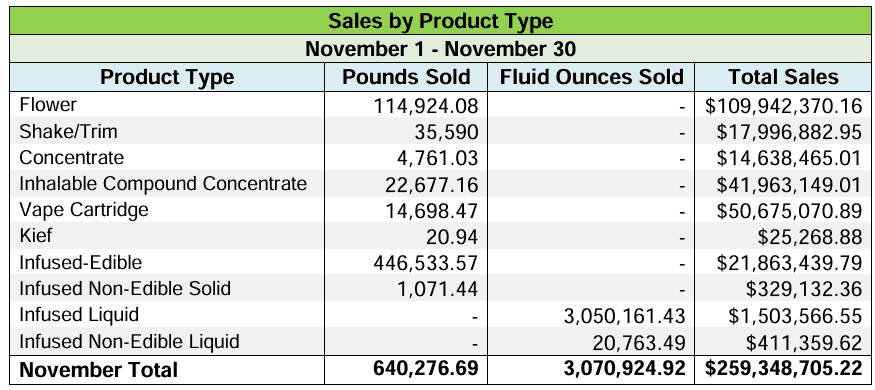WASHINGTON DC – Scientists say they’ve identified an alternative way to test for recent marijuana use that’s significantly more accurate than standard THC blood tests that sometimes misrepresent a person’s potential impairment depending on frequently they use cannabis. And they’re actively working to build on that research with an expanded study.
The initial study, which was funded in part by the National Institute on Drug Abuse (NIDA) and published in the journal Clinical Toxicology, could have key criminal justice implications, as police currently rely on basic THC blood tests for evidence of possible intoxication in criminal investigations, such as after car accidents.
But as the researchers from the University of Colorado (UC) point out, that testing standard can be unreliable, especially for frequent cannabis users.
“Since THC accumulates and lingers in fat tissue, daily cannabis users may maintain constant elevations of THC in the blood even long after the psychoactive effects abate,” Michael Kosnett, an associate adjunct professor and cannabis researcher at UC’s Colorado School of Public Health, said in a press release.
A more accurate method of testing for recent marijuana use, the researchers found, is by analyzing the molar metabolite ratio of THC to THC-COOH in the blood. If a person’s ratio of the active and inactive metabolites meets or exceeds a 0.18 cut-off point, “you can feel pretty confident (with 98 percent specificity) that the person just used within the past 30 minutes.”
They tested this approach by having 24 occasional and 32 daily marijuana consumers participate in a driving simulator exercise. Participants had their blood analyzed at a baseline and then 30 minutes after a 15-minute smoking interval.
The study revealed that the molar metabolite ratio of THC to THC-COOH, at a 0.18 cut-off, yielded results with 98 percent specificity (meaning there is a two percent false positive rate), 93 percent sensitivity (meaning the test only fails to detect recent use seven percent of the time) and 96 percent accuracy (a combination of those two rates).
By comparison, testing for THC alone “yielded 88 percent specificity, 73 percent sensitivity and 80 percent accuracy.”
“The principle behind the study is basically, you’re looking at active drug versus inactive drug—because THC and hydroxy-THC are active and carboxy-THC is inactive. So it makes sense that soon after you smoke cannabis, you’re going to have relatively more of the active forms present,” Kosnett told Marijuana Moment. “As the ratio of active forms to inactive forms decreases, the more likely that the active form present represents the tail-end or residual of smoking that occurred many hours ago.”
In a prior study, the researchers also assessed driving ability during a simulation, and notably they found that daily cannabis consumers had an average five times the THC concentration in their blood after the 30-minute mark compared to occasional users—yet the latter group “showed evidence of decrement in their driving skills, whereas that wasn’t statistically significant in the daily users.”
To read more, click on Aqic






